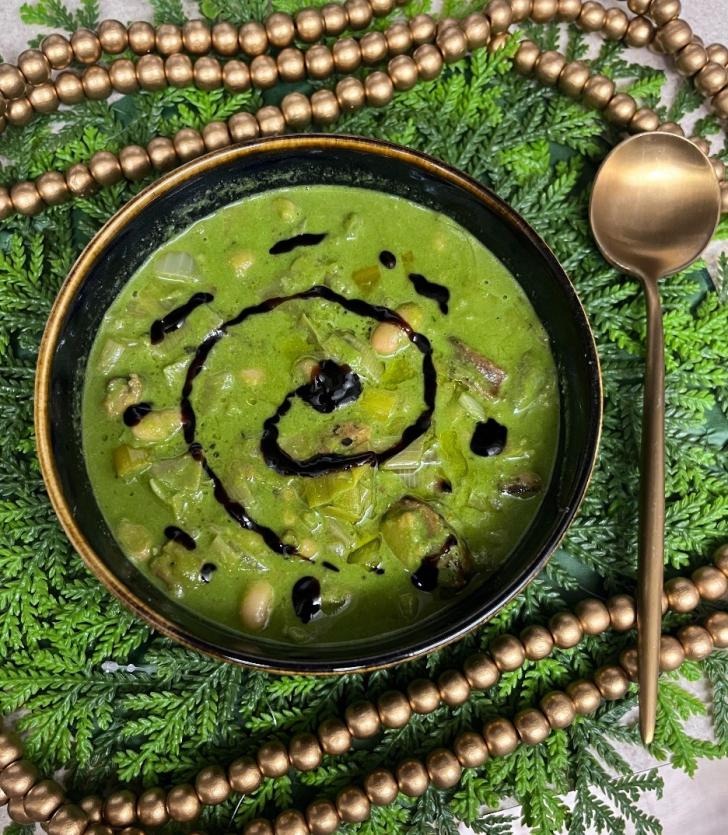Making Peace with Mealtime

Published
Do you live with a pint size picky eater? Are you tired of the daily struggle to get your child to eat a decent meal? As a nutritionist, I smugly thought my child would be immune to this problem. Instead, I ended up with a child that verges on being a breath-atarian…or a candy-atarian depending on the day. I count among my proudest moments when he asked the dentist for candy.
Almost all children go through “phases” of picky eating, and by “phases” I mean years. It is truly a universal problem that transcends gender and culture. Why is this so? How can a child who turns their nose up at a perfectly reasonable offering of food end up an epicurean connoisseur as an adult? Some children will grow up to be just as picky as adults as they were as children. Undoubtedly, most will eventually agree to eat more than three single-colored foods.
How do children develop taste preference?
Scientists know that babies develop the ability to taste in the first trimester of pregnancy. From the moment the taste buds appear, the baby is able to taste foods of their culture through flavors that diffuse into the amniotic fluid. Studies on both animals and humans show that babies have a preference for familiar flavors at birth depending on their in-utero exposure. If the baby is breastfed, the flavor exposure continues depending on what the breastfeeding parent eats.
Early exposure to a variety of flavors and textures once baby starts eating solids is another determining factor for food acceptance. Many parents enjoy the honeymoon phase of feeding their child from 6 months until just over 1 year. This is when almost no food is refused (and many are eaten with those classic photo op face contortions).
Around 15 months or so, all bets are off. Along with the ability to say “NO!” begins the age old dance of despair as baby’s repertoire of acceptable foods whittles down to a precious few. Try not to become too discouraged. There is evidence that early exposure to a variety of flavors and textures does help set long term preferences even if they lay dormant for awhile.
It is all about survival
All babies are born with a heightened sense of taste and the ability to discern even slight differences in flavor. All humans (and most animals) have a strong preference for sweet flavors. We are biologically hardwired to crave sweet. Glucose is the preferred source of fuel for the brain and almost every cell in the body. In fact, most foods that are naturally sweet (like breastmilk) are not poisonous. This was especially true in the time before processed sugary food-like substances packed grocery shelves.
In nature, many things that are bitter end up being poisonous. Unfortunately, in their effort to survive, many vegetables manufacture bitter compounds that little ones are able to easily taste. In the unpredictable environment of our past, it was biologically favorable for people to seek out sweet and avoid bitter. Add to that a healthy dose of neophobia (fear of new things) that all children experience to one degree or another and you have the ancestral recipe for survival.
Interested in nutrition advice or healthy recipe ideas? Schedule an appointment with Bastyr Center for Natural Health or Bastyr University Clinic today!


